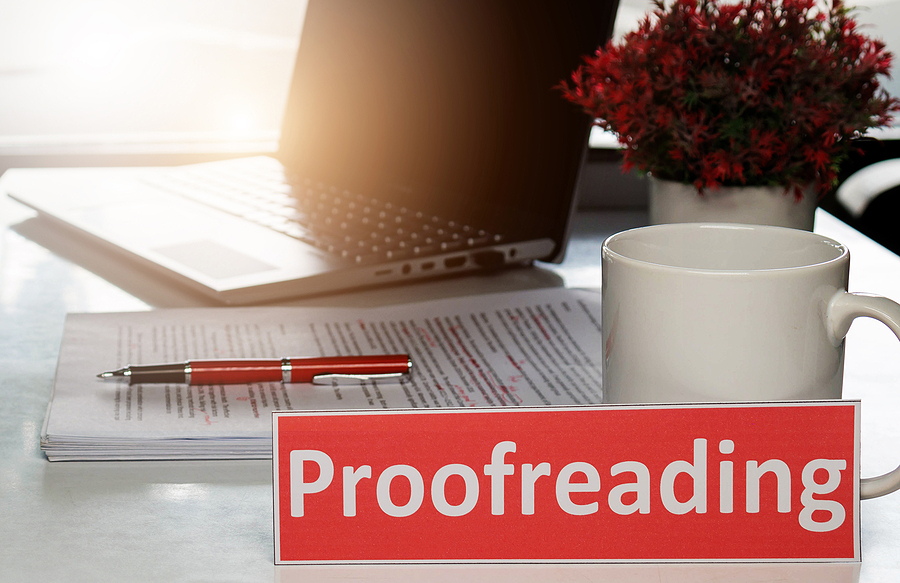What’s the Difference Between Translation Editing and Proofreading
If you have requested a translation of a business document it is important to ensure the translation has been both edited and proofread before the translation is returned to you. This will affect the quality of the translation and it will help to convey the best possible message to your audience.
What’s editing?
The role of an editor for a translated text is to review a text and enact changes so that the quality of the text has improved. As soon as the translation has been completed the translation editing process can start. The editor reads through the text and if errors in grammar and spelling are found these are corrected. One of the key roles of an editor is to make sure the text makes sense, is clearly and concisely written, and is suitable for its purpose. This could mean the editor may alter the sentence structure and even rewrite entire paragraphs. The aim is for the text to be as cohesive as possible. If a professional translation service is used to do the translation it is quite likely it will also include implementing the editorial process.
GETTING IN TOUCH WITH US
Blog - Getting In Touch With Us
Post-editing machine translations
If you have chosen to use machine translation (MT) for your translation there is a high chance the end result will not be as good as using a human translator. To prevent compromising on quality the MT should take place with a human translator present. This is referred to as post-editing machine translation (PEMT).
Why editing is important for a translation
The process of translation editing by an experienced translation editor will make sure the right terminology appears throughout the translated text and it matches the language used by your audience. This is called localization. In addition to this, a good translator who specializes in translation editing will be able to transcreate your content which simply involves conducting a review of the translated text and comparing it to the original to ensure the message and tone is consistent throughout the translation.
What’s proofreading?
As soon as the translated text has been through the editing phase and if necessary changes have been made, proofreading follows. This is when the final draft of the translated text is reviewed by a competent translator to ensure it is free of spelling and punctuation mistakes and is grammatically correct. The proofreader first skims through the text and makes sure it can be fully understood. If there are any obvious problems the proofreader will contact the translator and editor to complete any changes that need to be made. The proofreader then returns to the text and eliminates grammar and typo errors.
Why proofreading is important to translation
The role of a proofreader is a crucial part of any translation because it makes certain that the complete translated document is 100 percent correct and when read is as fluent as the text is in the source language.
For the best outcome, it is important to use both an editor and a proofreader to check all translations.



